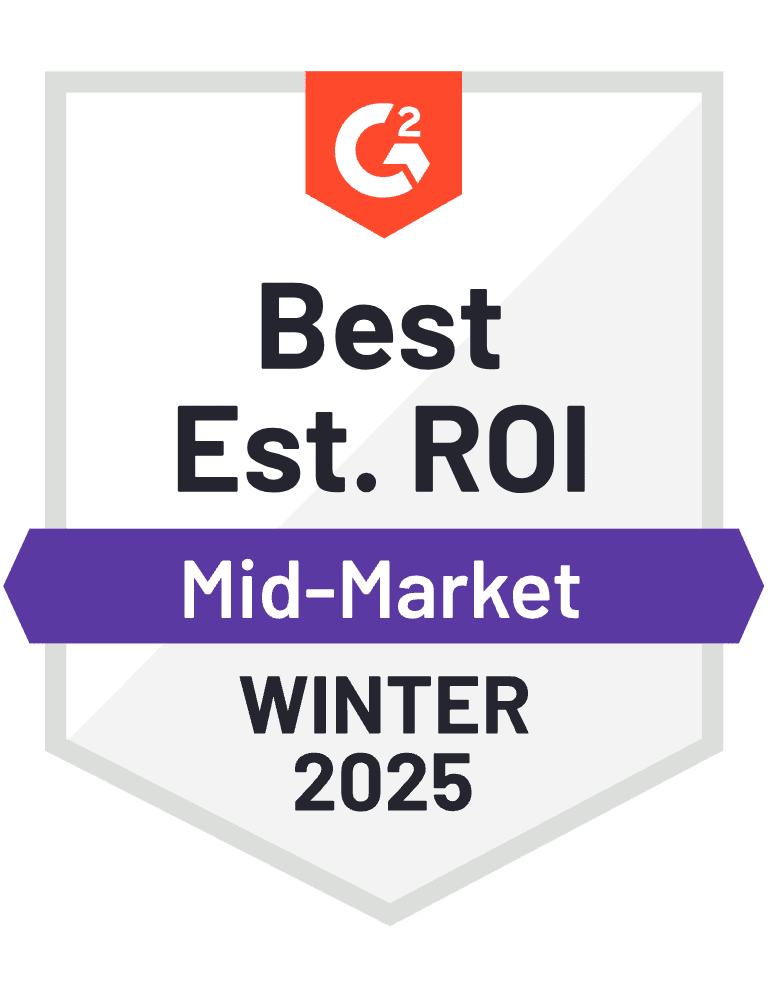Why IT Asset Management Is Essential for Hybrid Work Environments

The shift to hybrid work environments has transformed how businesses manage their IT assets. As employees work both remotely and in-office, organizations must ensure seamless access, security, and operational efficiency. IT Asset Management (ITAM) plays a crucial role in maintaining visibility, optimizing costs, and securing assets across distributed teams. Without a structured ITAM strategy, companies risk inefficiencies, security vulnerabilities, and compliance issues.
What is IT Asset Management (ITAM)?
IT Asset Management (ITAM) is the process of tracking, managing, and optimizing an organization’s IT assets throughout their lifecycle. IT assets include hardware, software, networks, and digital resources that support business operations. ITAM ensures these assets are properly acquired, deployed, maintained, and retired efficiently, helping organizations reduce costs, improve security, and maintain compliance.
Key Components of ITAM
- Hardware Asset Management – Tracking physical assets like computers, servers, mobile devices, and networking equipment.
- Software Asset Management – Managing software licenses, usage, and compliance to avoid overspending and legal risks.
- Cloud and Virtual Asset Management – Monitoring cloud resources, virtual machines, and SaaS applications for cost control.
- Lifecycle Management – Overseeing IT assets from procurement to decommissioning, ensuring optimal usage.
- Compliance and Security – Ensuring IT assets adhere to regulatory standards and security protocols.
This blog explores the challenges businesses face in managing IT assets in hybrid work models, how ITAM supports remote and hybrid work environments, key priorities for IT teams, and how IT asset management software like Asset Management 365 improve hybrid infrastructure management.
Challenges in Managing IT Assets in Hybrid Work Environments
1. Lack of Visibility into IT Assets
In a hybrid setting, IT teams struggle to track assets spread across multiple locations. Employees use different devices at home and in the office, making it difficult to maintain a real-time inventory of hardware and software assets.
2. Security and Compliance Risks
Hybrid work increases exposure to cyber threats as employees access corporate resources from personal and unsecured networks. Organizations must ensure all devices comply with security policies, receive timely updates, and are protected against vulnerabilities.
3. Software Licensing and Compliance Issues
Managing software licenses is more challenging in a hybrid work environment. Organizations risk over-licensing, underutilizing software, or facing non-compliance penalties due to unauthorized software installations.
4. IT Support and Maintenance Challenges
Remote employees often experience delayed troubleshooting and IT support. Without proper asset monitoring, IT teams struggle to address issues proactively, leading to prolonged downtime and reduced productivity.
5. Increased IT Costs
Unmanaged IT assets result in unnecessary expenditures, including redundant purchases, unused software licenses, and inefficient resource allocation. Organizations need effective ITAM strategies to optimize costs.
IT Asset Management in Remote and Hybrid Work Environments
IT Asset Management (ITAM) in remote and hybrid work environments refers to the systematic approach of tracking, managing, and optimizing IT assets used by employees across multiple locations. Unlike traditional office setups, where IT assets are centrally managed, remote and hybrid work models require organizations to ensure seamless asset visibility, security, compliance, and lifecycle management across distributed teams.
Key Components of ITAM in Hybrid and Remote Work
- Asset Tracking and Visibility
IT teams must monitor the location, status, and usage of devices such as laptops, desktops, and mobile phones.
Cloud-based ITAM solutions enable real-time asset tracking, reducing the risks of asset loss or mismanagement.
- Security and Compliance
Remote devices are more vulnerable to cyber threats, requiring endpoint security measures, encryption, and VPN usage.
Compliance with software licensing, data protection laws, and company policies must be enforced remotely.
- Remote Provisioning and Maintenance
IT teams need to deploy and configure devices remotely, ensuring that employees have the necessary software and security updates.
Automated patch management and remote troubleshooting tools help maintain system integrity.
- Lifecycle Management
ITAM involves tracking assets from procurement to disposal, ensuring cost-effective upgrades and replacements.
Companies must establish clear policies for asset returns, refurbishments, and decommissioning in remote work scenarios.
- Cost Optimization
Effective ITAM prevents unnecessary asset purchases by identifying underutilized devices and software.
Subscription-based licensing and cloud resource allocation help control IT spending.
The Role of ITAM in Hybrid Work Efficiency
A well-implemented ITAM strategy supports productivity by ensuring employees have access to well-maintained, secure, and compliant IT resources. Organizations leveraging AI-driven analytics, automation, and cloud-based ITAM tools can enhance remote work efficiency while minimizing security risks and costs.
Key Priorities for IT Teams in a Hybrid Work Model
As hybrid work continues to evolve, IT teams must focus on key priorities to ensure efficiency and security:
1. Strengthening Endpoint Security
IT teams must implement robust endpoint security solutions, including multifactor authentication (MFA), device encryption, and regular vulnerability scans.
2. Ensuring Compliance with IT Policies
Hybrid work requires strict adherence to IT policies. IT teams should enforce compliance through automated policy checks, software license audits, and employee training.
3. Proactive IT Support and Asset Monitoring
Providing remote IT support requires proactive monitoring of devices and applications. IT teams should use ITAM tools to track device health and resolve issues before they impact employees.
4. Optimizing IT Spending
IT teams must analyze asset usage data to eliminate wasteful spending on unnecessary hardware, software, or cloud services. Asset lifecycle management ensures timely upgrades and replacements.
5. Improving Collaboration and Remote Work Infrastructure
A seamless hybrid work experience depends on reliable collaboration tools, cloud-based applications, and network connectivity. IT teams should prioritize investments in secure, scalable, and user-friendly technology.
Leveraging ITAM to Improve Operational Efficiency
ITAM is not just about tracking assets—it’s a strategic function that enhances business operations. Here’s how organizations can leverage ITAM to improve efficiency:
1. Automating Asset Tracking
Automated asset tracking eliminates manual errors and provides accurate data on asset locations, status, and lifecycle stages. IT teams can make informed decisions about asset allocation and procurement.
2. Enhancing IT Helpdesk Efficiency
Integrating ITAM with IT helpdesk solutions improves ticket resolution times. When IT teams have access to asset history and configurations, they can diagnose and resolve technical issues faster.
3. Reducing Downtime with Predictive Maintenance
ITAM solutions offer predictive analytics to detect potential failures in hardware and software. IT teams can schedule preventive maintenance, reducing unplanned downtime and enhancing business continuity.
4. Streamlining Software License Management
By monitoring software usage and compliance, ITAM prevents over-purchasing and ensures employees have access to the right tools. Organizations can track software renewals and avoid compliance fines.
5. Supporting Remote Workforce Productivity
With ITAM, IT teams can deploy, manage, and update software remotely, ensuring employees have access to secure and efficient digital workspaces.
Improve Hybrid Infrastructure Management with Asset Management 365 Remote Asset Monitoring Features
Organizations can further enhance IT asset management by using Asset Management 365, a comprehensive solution designed for hybrid environments. Key features include:
1. Real-Time Remote Asset Monitoring
Asset Management 365 provides real-time visibility into IT assets, allowing IT teams to track hardware and software across remote locations.
2. Automated Compliance Audits
The platform automates compliance audits, ensuring that all devices meet security standards and licensing requirements.
3. Cloud-Based ITAM for Hybrid Environments
With cloud-based access, IT teams can manage assets from anywhere, improving flexibility and scalability for hybrid work models.
4. Predictive Maintenance Alerts
AI-driven analytics detect potential failures and notify IT teams, enabling preventive maintenance and reducing downtime.
5. Enhanced Security with Remote Wipe and Encryption
Organizations can enforce security policies by remotely wiping data from lost or decommissioned devices, protecting sensitive business information.
Conclusion
IT Asset Management is essential for businesses navigating the complexities of hybrid work environments. By implementing a robust ITAM strategy, organizations can enhance visibility, security, compliance, and operational efficiency. Solutions like Asset Management 365 further streamline remote asset monitoring, enabling IT teams to manage and secure assets seamlessly. As hybrid work continues to evolve, investing in ITAM will be a key differentiator in driving productivity, cost optimization, and long-term success.
Frequently Asked Questions
Why is IT Asset Management important?
ITAM helps organizations control costs, improve security, maintain compliance, optimize asset usage, and enhance operational efficiency by ensuring that IT resources are effectively managed and accounted for.
What types of assets are included in ITAM?
ITAM includes:
- Hardware assets (laptops, desktops, servers, printers, mobile devices)
- Software assets (licensed applications, SaaS subscriptions, operating systems)
- Cloud assets (virtual machines, cloud storage, SaaS applications)
- Network assets (routers, switches, security appliances)
What are the key processes in IT Asset Management?
The main processes in ITAM include:
- Asset discovery and inventory – Identifying and cataloging IT assets.
- Procurement and deployment – Managing asset acquisition and distribution.
- Lifecycle management – Tracking assets from purchase to disposal.
- Software license management – Ensuring compliance with software agreements.
- Security and compliance monitoring – Protecting IT assets from cyber risks.
How does ITAM improve cybersecurity?
ITAM enhances security by:
- Ensuring all devices have up-to-date security patches.
- Identifying and deactivating unauthorized or obsolete software.
- Enforcing access controls and endpoint security policies.
What is the difference between ITAM and ITSM?
ITAM enhances security by:
- Ensuring all devices have up-to-date security patches.
- Identifying and deactivating unauthorized or obsolete software.
- Enforcing access controls and endpoint security policies.
What are the benefits of automating IT Asset Management?
Automation improves accuracy, reduces manual workload, enables real-time tracking, enhances compliance, and allows predictive analytics for better asset utilization and cost savings.
How can businesses implement IT Asset Management effectively?
- Use a centralized ITAM system for real-time tracking.
- Establish clear asset management policies and processes.
- Automate asset discovery, compliance tracking, and reporting.
- Conduct regular audits to maintain security and efficiency.






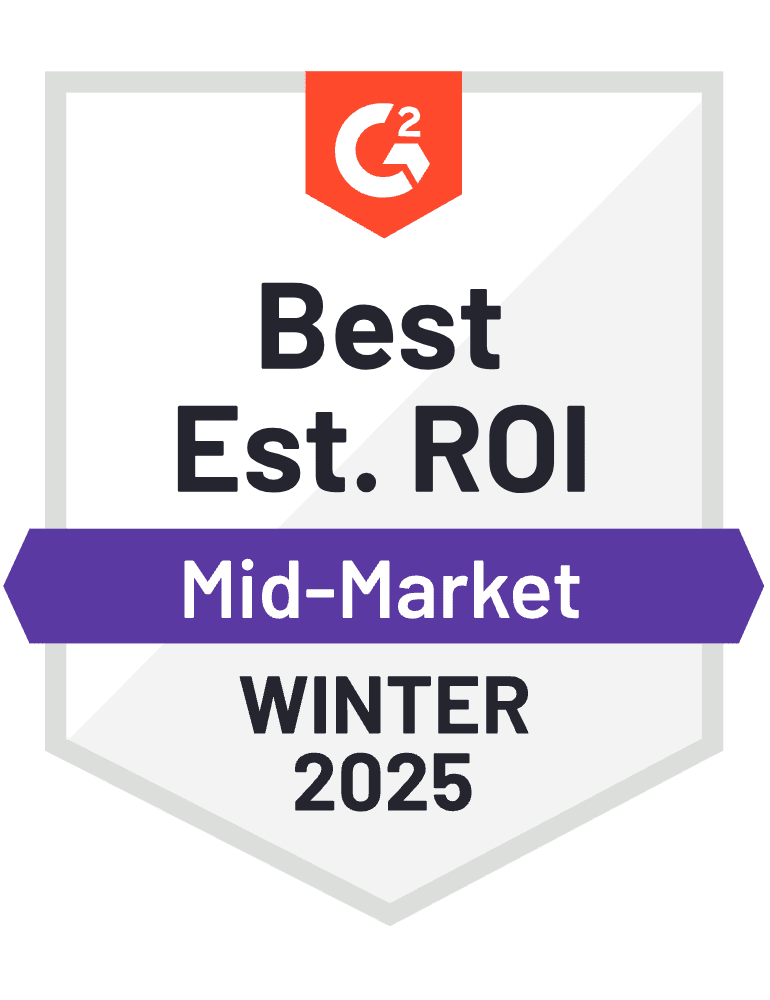

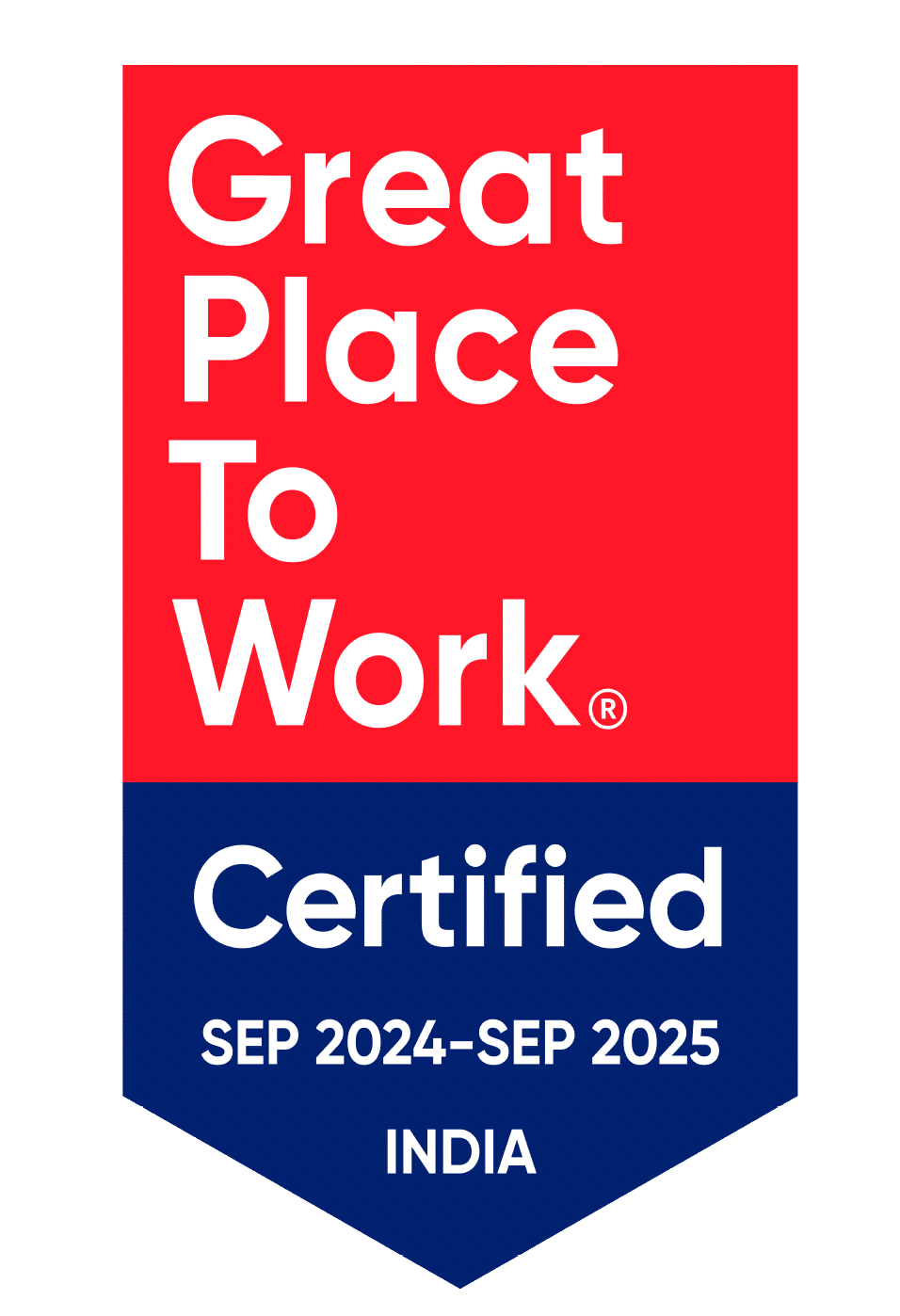
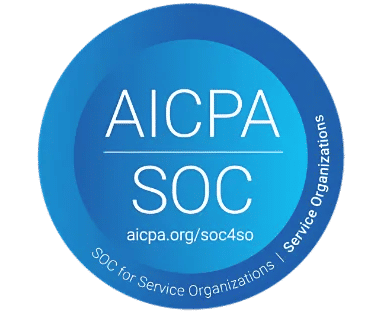
_svxLrd-8yH.png)
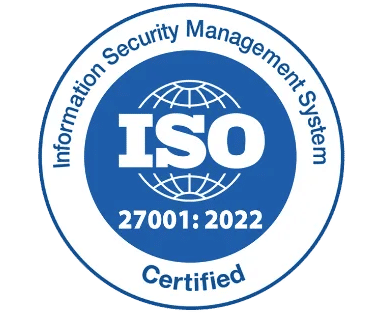
_2VYSFUTN5m.png)

_JiluXJRGNl.svg)

_2djTKNocf.png)
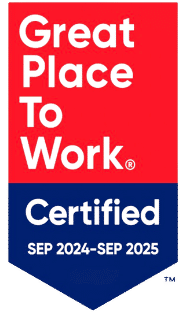




_Rapo0hRMBy.png)
